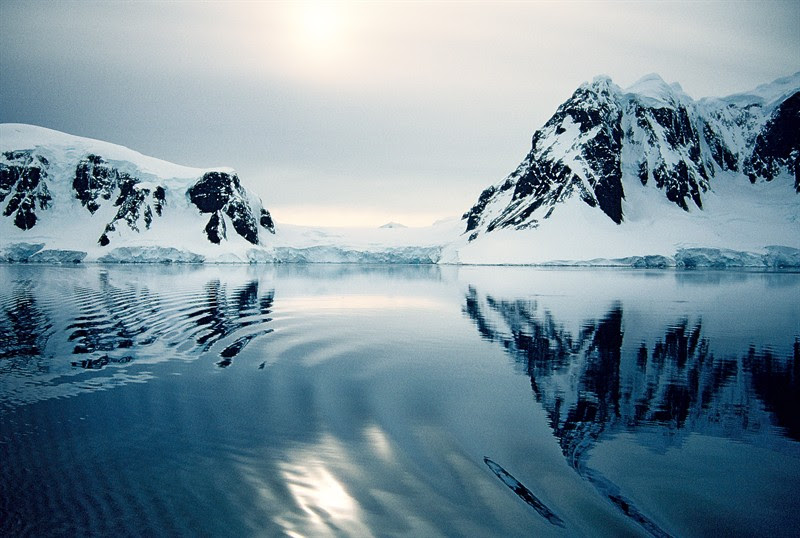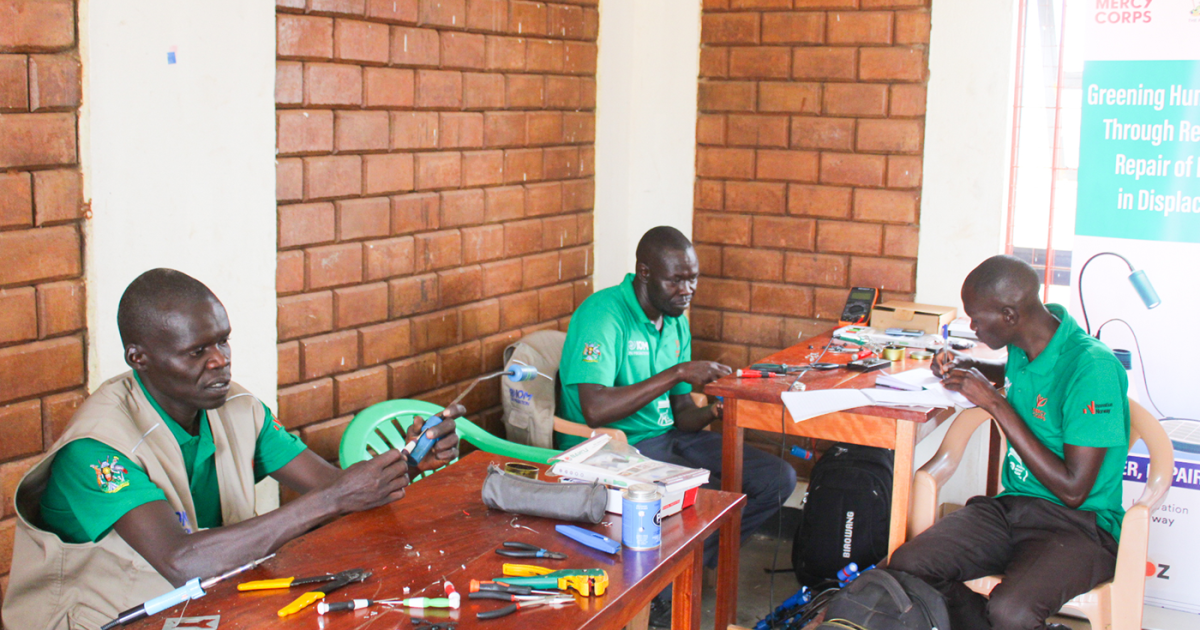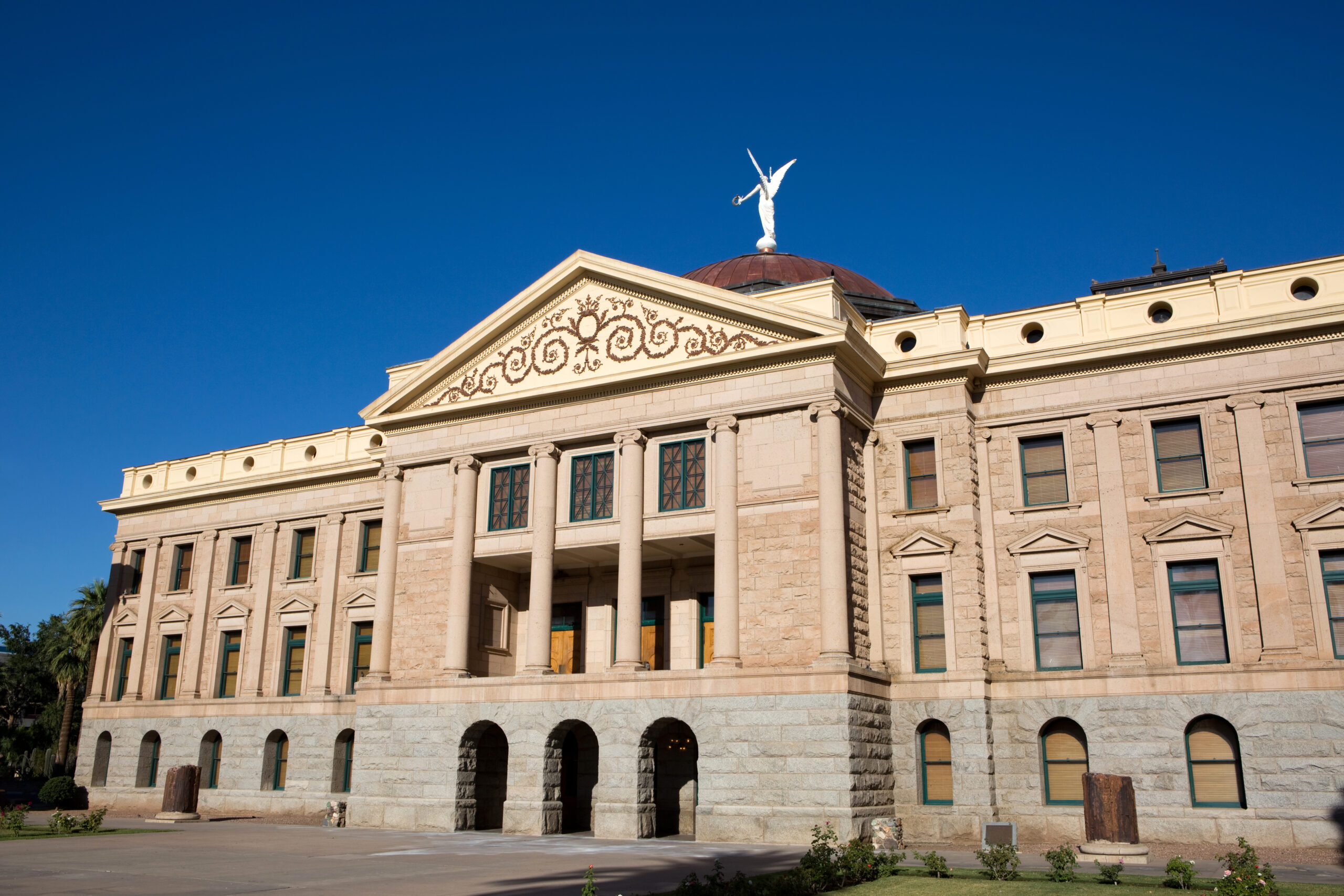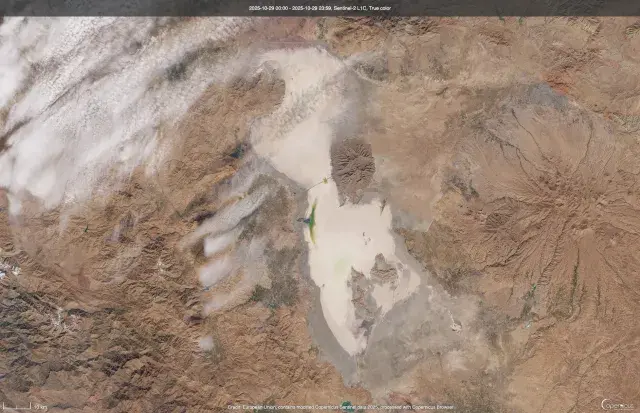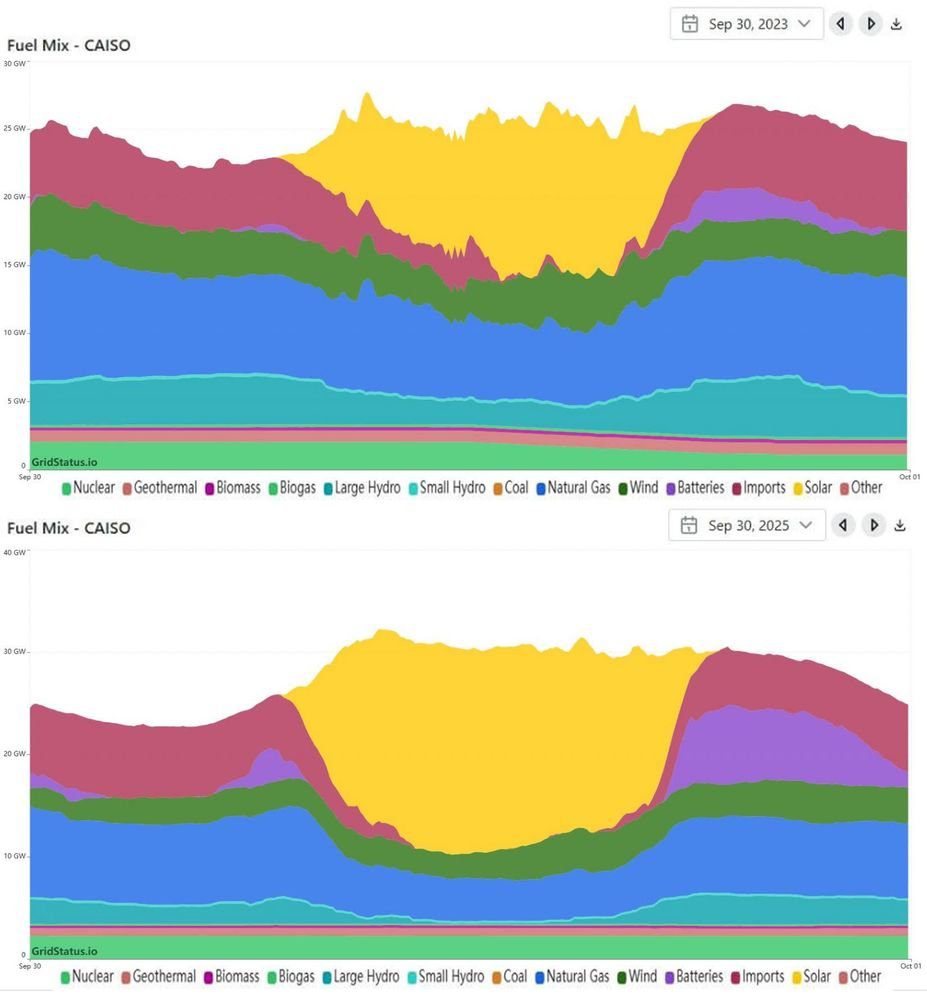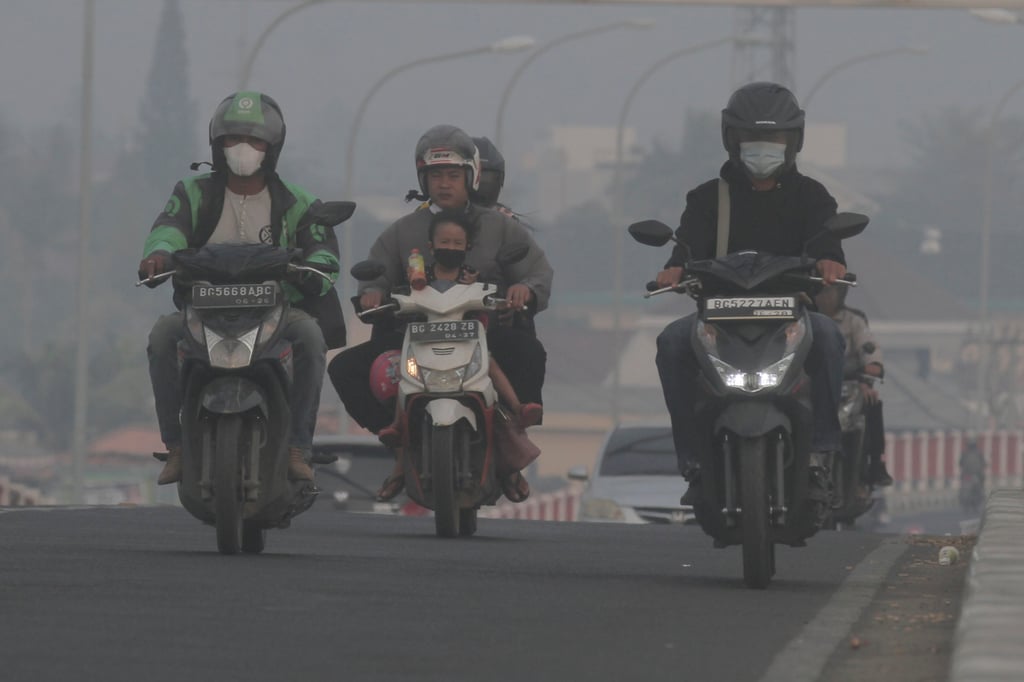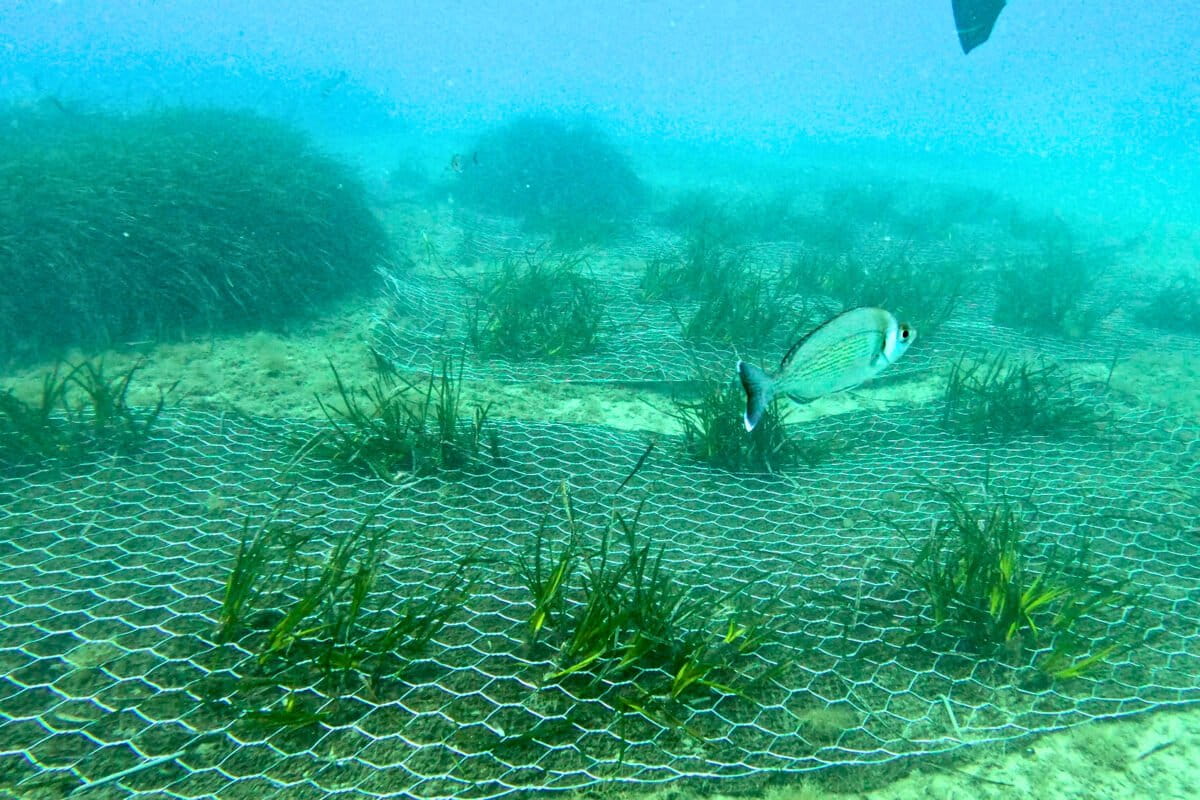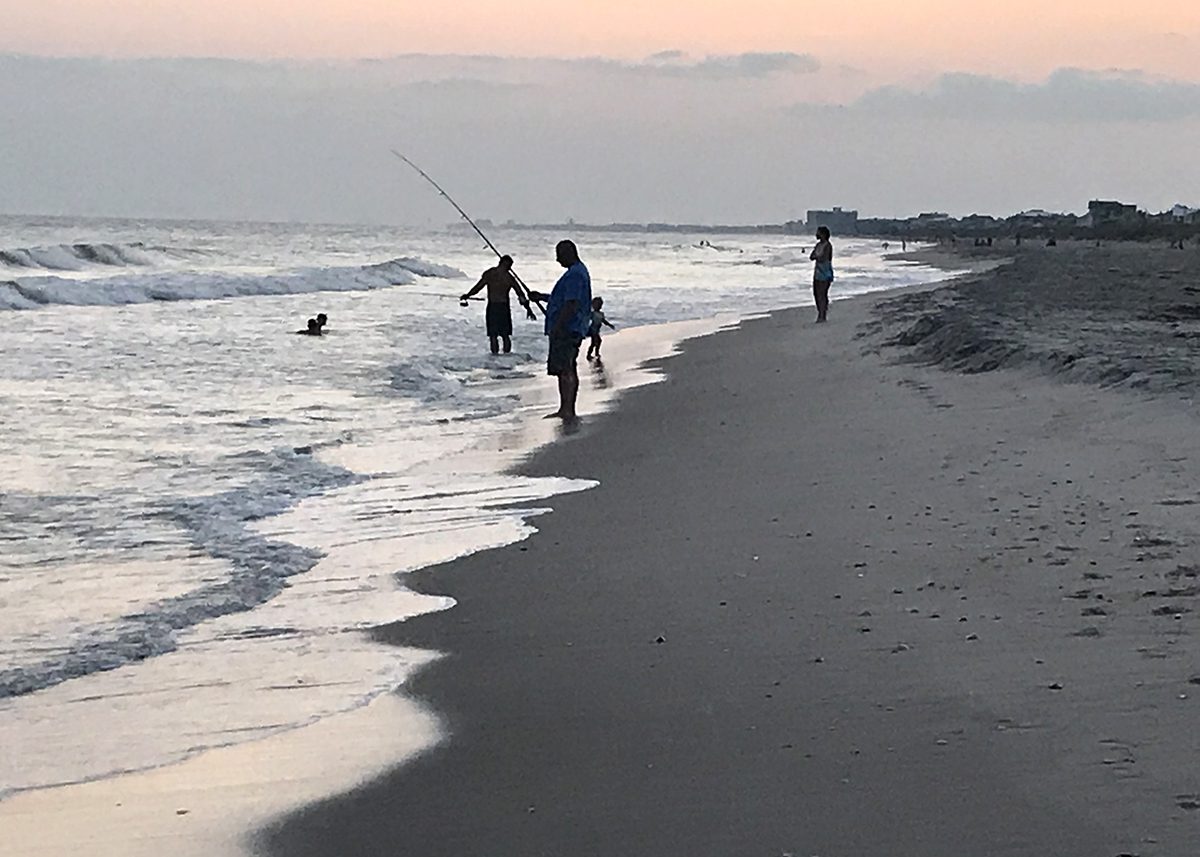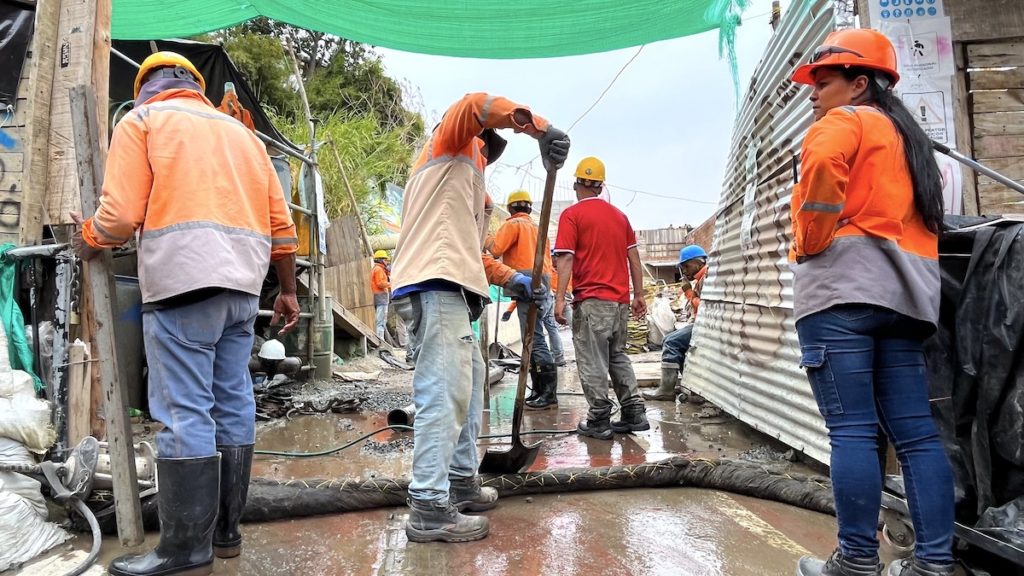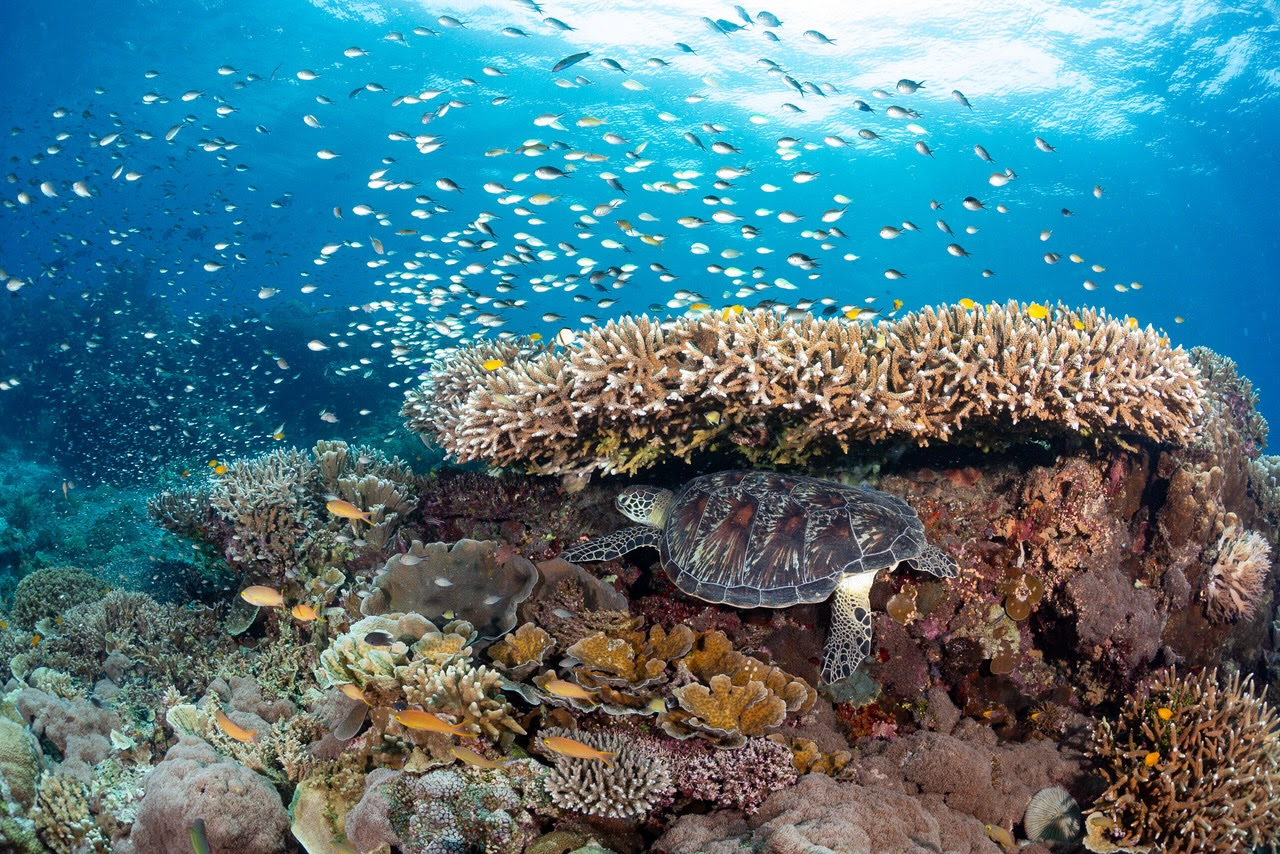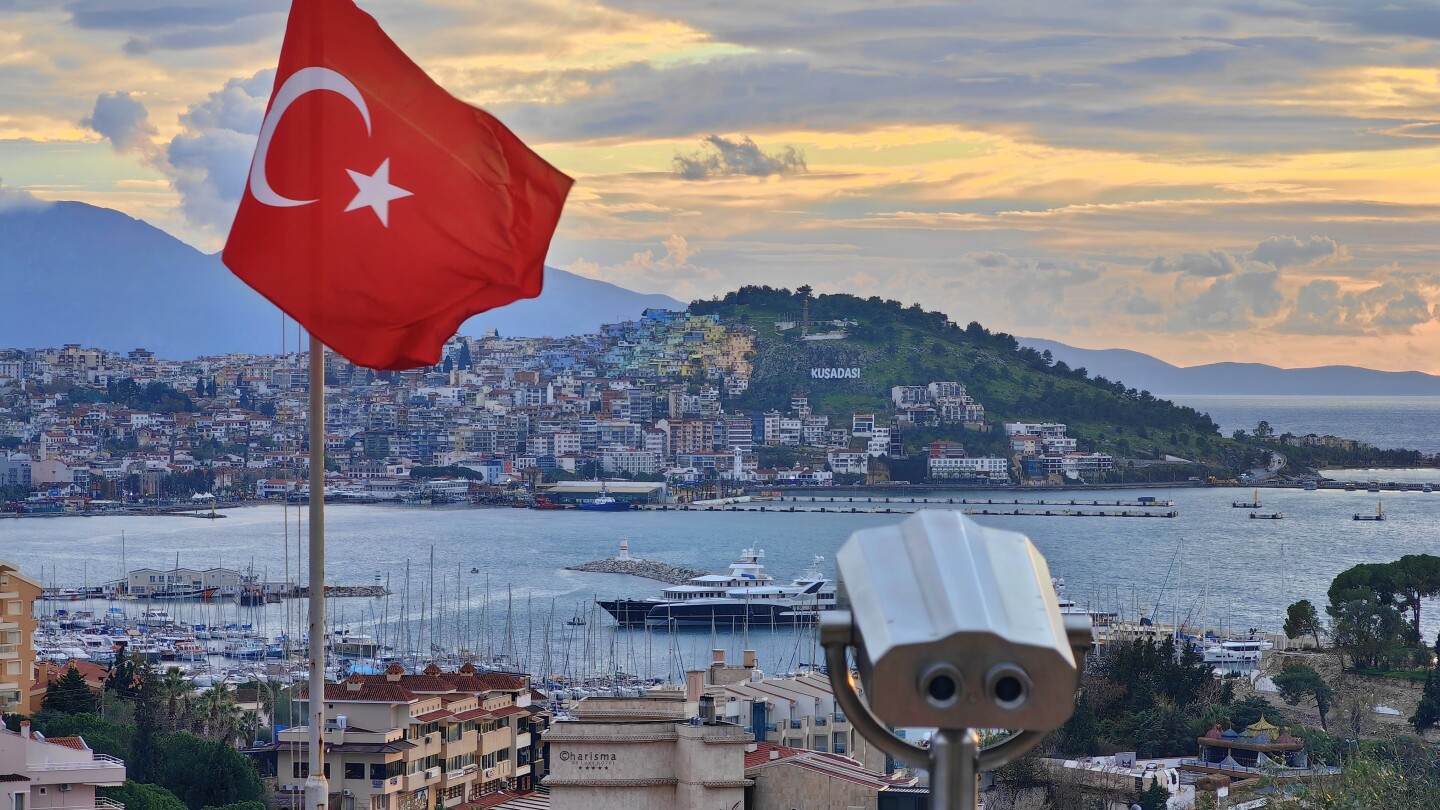Alaska Cong. Begich Seeks More Balanced Protections For Marine Mammals – Forbes

Legislative Review of the Marine Mammal Protection Act: Implications for Sustainable Development Goals
A legislative hearing was held by the House Water, Wildlife and Fisheries Subcommittee on July 22 to review a draft bill aimed at amending the Marine Mammal Protection Act (MMPA). The proposed reforms, sponsored by Rep. Nick Begich, seek to modernize the 50-year-old statute, presenting a complex interplay between several United Nations Sustainable Development Goals (SDGs), most notably SDG 14 (Life Below Water), SDG 8 (Decent Work and Economic Growth), SDG 7 (Affordable and Clean Energy), and SDG 16 (Peace, Justice, and Strong Institutions).
Balancing Marine Conservation with Economic and Energy Imperatives
SDG 14: Life Below Water vs. SDG 8: Decent Work and Economic Growth
The central conflict highlighted by the proposed amendments is the tension between protecting marine ecosystems and fostering economic development. The debate directly addresses the challenge of achieving both SDG 14 and SDG 8.
- Proponents’ Position: Supporters of the bill, including Rep. Begich and Subcommittee Chair Harriet Hageman, argue that the current implementation of the MMPA creates unnecessary delays and uncertainty for offshore industries such as commercial fishing and energy development. They contend that modernizing the act will streamline permitting, thereby supporting economic growth and job creation in line with SDG 8, while still providing for the conservation of marine mammals.
- Opponents’ Position: Environmental and animal welfare organizations, including the International Fund for Animal Welfare and the Center for Biological Diversity, express grave concerns. They warn that the proposed changes could weaken protections, leading to increased injury and mortality for marine mammals. This outcome would directly undermine the objectives of SDG 14, which calls for the conservation and sustainable use of oceans and marine resources. Kathleen Collins of the International Fund for Animal Welfare stated that the bill could alter “the entire well-being of the ocean ecosystem.”
SDG 7: Affordable and Clean Energy
The push to amend the MMPA is also framed within a broader initiative to accelerate the development of domestic energy resources, including renewables.
- Streamlining for Energy Projects: The effort to simplify federal permitting is intended to speed up the development of offshore energy projects, including wind, oil, and gas. This aligns with the goals of SDG 7, particularly in facilitating the infrastructure needed for renewable energy sources like offshore wind farms.
- Industry Perspective: EnerGeo Alliance, representing the geoscience industry, advocates for reforms that would create more efficient and predictable permitting processes for the geological and seismic surveys essential for these energy developments.
Reforming Governance for Institutional Effectiveness (SDG 16)
Addressing Bureaucratic Inefficiency and Duplication
A key argument for the bill is the need to improve the effectiveness and transparency of the institutions responsible for marine conservation, a core tenet of SDG 16.
- Inter-Agency Conflict: Proponents point to significant inefficiencies and duplicative processes stemming from overlapping jurisdiction between the MMPA and the Endangered Species Act (ESA). These laws are administered by different agencies—the National Marine Fisheries Service (NMFS) and the U.S. Fish and Wildlife Service (USFWS)—leading to conflicting requirements and prolonged review periods.
- Call for Scientific Objectivity: EnerGeo Alliance highlighted the need for regulatory decisions to be based on the “objective application of the best available scientific and commercially available data.” The group raised concerns that current permitting decisions often rely on non-peer-reviewed models, creating regulatory uncertainty that hinders planning and investment.
Conclusion: A Multi-Stakeholder Challenge for Integrated Sustainable Development
The proposed amendment to the Marine Mammal Protection Act represents a microcosm of the larger challenge of implementing the Sustainable Development Goals. It highlights the difficulty of balancing environmental protection (SDG 14) with economic development (SDG 8) and energy security (SDG 7). The legislative process itself, involving government, industry, and civil society, is a test of SDG 17 (Partnerships for the Goals). Achieving a successful outcome requires strengthening institutional frameworks (SDG 16) to create a regulatory environment that is efficient, scientifically sound, and capable of protecting marine life while allowing for sustainable human activity.
Analysis of Sustainable Development Goals in the Article
SDGs Addressed or Connected
- SDG 14: Life Below Water – Conserve and sustainably use the oceans, seas and marine resources for sustainable development.
- SDG 7: Affordable and Clean Energy – Ensure access to affordable, reliable, sustainable and modern energy for all.
- SDG 16: Peace, Justice and Strong Institutions – Promote peaceful and inclusive societies for sustainable development, provide access to justice for all and build effective, accountable and inclusive institutions at all levels.
- SDG 8: Decent Work and Economic Growth – Promote sustained, inclusive and sustainable economic growth, full and productive employment and decent work for all.
- SDG 17: Partnerships for the Goals – Strengthen the means of implementation and revitalize the global partnership for sustainable development.
Specific Targets Identified
SDG 14: Life Below Water
- Target 14.2: By 2020, sustainably manage and protect marine and coastal ecosystems to avoid significant adverse impacts, including by strengthening their resilience, and take action for their restoration in order to achieve healthy and productive oceans.
- Explanation: The entire article revolves around the Marine Mammal Protection Act (MMPA), a law designed to protect marine ecosystems. The debate discussed is about how to best manage human activities, such as energy development and fishing, to prevent “major harms to protected species” and avoid altering “the entire well-being of the ocean ecosystem.”
- Target 14.a: Increase scientific knowledge, develop research capacity and transfer marine technology, taking into account the Intergovernmental Oceanographic Commission Criteria and Guidelines on the Transfer of Marine Technology, in order to improve ocean health and to enhance the contribution of marine biodiversity to the development of developing countries.
- Explanation: A key point of contention in the article is the quality of data used for regulatory decisions. Proponents of the bill, like EnerGeo Alliance, advocate for reforms that promote “the objective application of the best available scientific and commercially available data and information” and criticize decisions based on “non-peer-reviewed study drafts rather than sound science.” This highlights the importance of scientific knowledge in managing marine environments.
SDG 7: Affordable and Clean Energy
- Target 7.1: By 2030, ensure universal access to affordable, reliable and modern energy services.
- Explanation: The article states that a primary driver for amending the MMPA is to “speed development of domestic energy resources needed to meet rising demand.” It concludes by framing the issue as an “imperative” if “America is to be able to meet its future energy demands,” directly connecting the regulatory changes to ensuring a reliable energy supply.
- Target 7.2: By 2030, increase substantially the share of renewable energy in the global energy mix.
- Explanation: The article mentions that the geoscience industry conducts surveys for “wind, oil and gas, and other industries seeking to mount offshore developments.” The inclusion of wind energy indicates that the permitting reforms are relevant to the development of renewable energy sources, which is a key component of this target.
SDG 16: Peace, Justice and Strong Institutions
- Target 16.6: Develop effective, accountable and transparent institutions at all levels.
- Explanation: The proposed bill aims to reform the MMPA to “eliminate conflicts and duplication of bureaucratic processes, and provide for more consistent and certain application of the law.” The article highlights “time-wasting duplications of efforts stemming from competing requirements between the MMPA and the Endangered Species Act (ESA),” which are administered by different agencies. This points to a direct effort to make governmental and regulatory institutions more effective and efficient.
SDG 8: Decent Work and Economic Growth
- Target 8.4: Improve progressively, through 2030, global resource efficiency in consumption and production and endeavour to decouple economic growth from environmental degradation, in accordance with the 10-Year Framework of Programmes on Sustainable Consumption and Production, with developed countries taking the lead.
- Explanation: The article describes the central conflict as finding a “middle ground to be struck to properly balance all the competing stakeholder interests” and to avoid needlessly impeding “commercial fishing, energy, and other offshore industrial activities” while preserving marine life. This is the essence of decoupling economic growth from environmental degradation—allowing necessary industrial activity to proceed without causing “unintended harm” to the environment.
SDG 17: Partnerships for the Goals
- Target 17.17: Encourage and promote effective public, public-private and civil society partnerships, building on the experience and resourcing strategies of partnerships.
- Explanation: The article illustrates a multi-stakeholder process in action. It involves public institutions (House Subcommittee, federal agencies), private sector representatives (EnerGeo Alliance), and civil society organizations (International Fund for Animal Welfare, Center for Biological Diversity). The hearing itself is a forum for these different groups to engage, highlighting the partnership model for policy development.
Indicators for Measuring Progress
Implied or Mentioned Indicators
- Indicator for Target 14.2: Number of marine mammal injuries and mortalities.
- Explanation: Opponents of the bill warn of “the blood of thousands of marine mammals” and making species “far more vulnerable to injury and death.” The image caption provides a specific, quantifiable example: “A dead whale is found on Rockaway Beach… The tenth one to wash ashore in the New York-New Jersey area since early December.” This suggests that the number of deaths or strandings is a key metric for measuring the impact of offshore activities on marine life.
- Indicator for Target 16.6: Time and cost of regulatory permitting.
- Explanation: The article repeatedly mentions the goal of streamlining processes to address “confusion, delay and unintended harm.” The business world’s complaint about “uncertainty in the regulatory process” making projects “more difficult and costly” implies that a measure of success for the proposed reforms would be a reduction in the time and cost associated with obtaining federal permits for offshore projects.
- Indicator for Target 16.6: Level of regulatory duplication.
- Explanation: The article explicitly points to “duplications of efforts stemming from competing requirements between the MMPA and the Endangered Species Act (ESA)” and the overlapping jurisdictions of different government departments. An indicator of progress would be the reduction or elimination of these identified redundancies in the regulatory framework.
Summary of Findings
| SDGs | Targets | Indicators |
|---|---|---|
| SDG 14: Life Below Water | 14.2: Sustainably manage and protect marine and coastal ecosystems. 14.a: Increase scientific knowledge and research capacity. |
Number of marine mammal injuries, mortalities, and strandings. |
| SDG 7: Affordable and Clean Energy | 7.1: Ensure universal access to affordable, reliable and modern energy. 7.2: Increase the share of renewable energy. |
Amount of energy produced from offshore developments (including wind). |
| SDG 16: Peace, Justice and Strong Institutions | 16.6: Develop effective, accountable and transparent institutions. | Time and cost of regulatory permitting; Level of regulatory duplication between agencies and laws (e.g., MMPA, ESA). |
| SDG 8: Decent Work and Economic Growth | 8.4: Decouple economic growth from environmental degradation. | Implementation of policies that balance offshore industrial activities (fishing, energy) with marine mammal protection. |
| SDG 17: Partnerships for the Goals | 17.17: Encourage effective public, public-private and civil society partnerships. | Functioning of multi-stakeholder processes (e.g., congressional hearings) involving government, industry, and civil society. |
Source: forbes.com

What is Your Reaction?
 Like
0
Like
0
 Dislike
0
Dislike
0
 Love
0
Love
0
 Funny
0
Funny
0
 Angry
0
Angry
0
 Sad
0
Sad
0
 Wow
0
Wow
0















;Resize=805#)








